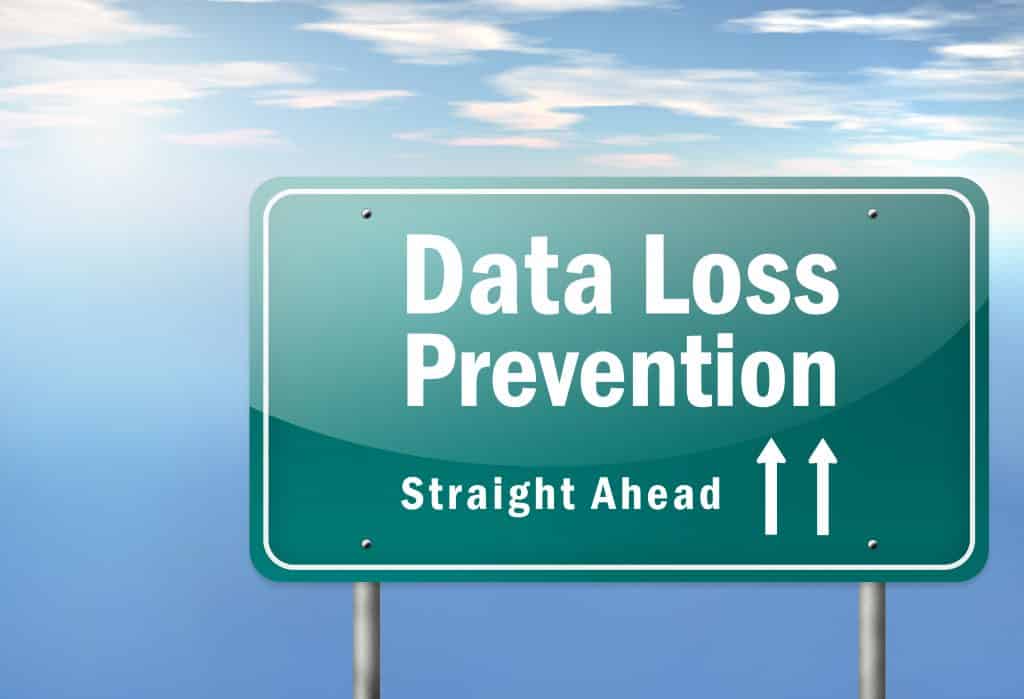Recovering from a natural disaster can be extremely difficult on all fronts – both on the physical and emotional side. What can be even more difficult, however, for most businesses, is a data disaster.
It is likely that you have prepared your business for disasters of all kinds. You have emergency kits to sustain the people inside of you need to shelter in place, you’ve practiced fire drills, you have insurance for flooding. but what happens if it is your infrastructure that is struck by the disaster?
There are many things that can trigger an infrastructure disaster, including things that you cannot predict. Things that can bring your data center to a halt. How can you protect yourself?
One of the best ways to keep yourself, your business, your reputation, and your data safe is to incorporate a disaster recovery plan (DRP) that has backup and redundancy built into it.
In fact, it is so important to so many businesses that the United States Government actually recommends creating a DRP plan: ” An information technology disaster recovery plan (IT DRP) should be developed in conjunction with the business continuity plan. Priorities and recovery time objectives for information technology should be developed during the business impact analysis. Technology recovery strategies should be developed to restore hardware, applications and data in time to meet the needs of the business recovery. “
Here’s what we classify a strong DRP:
Create A Sound Disaster Recovery Plan

Planning for a disaster might be difficult because you have to think about anything and everything that can go wrong AND THEN figure out how to tackle them. We suggest starting with the most basic (therefore, the most likely) situations and moving on from there.
You want to define what will keep your business running: emails, applications, computer equipment, and backups. You will need to determine how long you can go without other processes and create a chain of replenishment.
From there, you will be able to figure out who is responsible for declaring the disaster, how to keep your employees informed, and how you will communicate to your clients.
Carry Out The Plan
As soon as you have established a strong plan, you want to put all of the requisite steps into play and make sure that everything is implemented properly. Sometimes, you will have to anticipate new parts of the plan when you build new applications. It is always best for the project (in an agile sense) to build with the security team during your development phase.
You want to monitor your data recovery plan and update it if needed. Remember that you have to change it up and edit it as time goes by, which will result in fewer IT problems and less downtime if you do have a disaster.
Test Your Data Recovery Plan – Before A Disaster

If you take the time to write a data recovery plan, you may want to actually make sure it works. The sad truth is that not enough people do that. You are leaving yourself open for an even bigger disaster.
If you have a plan in place, test it. Simulate different circumstances a few times a year and see how your plan responds. You will be extremely thankful you that you did this when a real disaster does come.
Even better, you will be able to evaluate your plan and fix the areas where you spot weaknesses.
Back-Up Your Data And Store It For A Data Disaster
If there is a disaster, most people don’t know that the data they store on site isn’t completely safe, especially when a disaster occurs. That is why it is so important to store your backed up data offsite. Create a backup file of the data and transfer it (securely) to an offsite data storage center.
From there, keep backing up at least once a day.
Make Sure Employees Follow Suit
Many companies tell their employees to store data on the company’s network and back it up – that doesn’t mean that everyone does it. Some are too lazy and some just don’t remember to do it.
Make sure that your employees have incentives to follow suit and, at least, back up desktops and laptops on site so that you can get it back in the case of a disaster or if the device gets damaged, stolen, or lost.
Regularly Update Your Virus Scanners
The security you use in your IT infrastructure is so important. You need to make sure that everything is protected against viruses, malware, and spyware. Protect your infrastructure as soon as you can and as regularly as you can by installing regular virus pattern updates as part of your data recovery plan.
This is one of the best steps you can take to stop a data disaster from occurring – and prevention is always the best policy.
No matter what, you need to remember that every single business out there, no matter how big or small it is or how much tech it really uses is vulnerable to experiencing a data related catastrophe. Arm yourself and your employees against disaster by working to put a disaster recovery plan into place. It will be one of the very best things you will ever have done for your company, even if you don’t ever use it.
Our team takes pride in being the most experienced team of IT professionals in New Jersey. You can count on us to have solutions to problems that you may not have had luck with before. When it comes to data recovery in New Jersey, you simply cannot go to anyone better. We have technical support available to the public every day of the week: you’ll have the option to talk to an experienced technician if a problem arises.
Looking for the Best Computer Services in New Jersey? Call: (908) 332-5051

